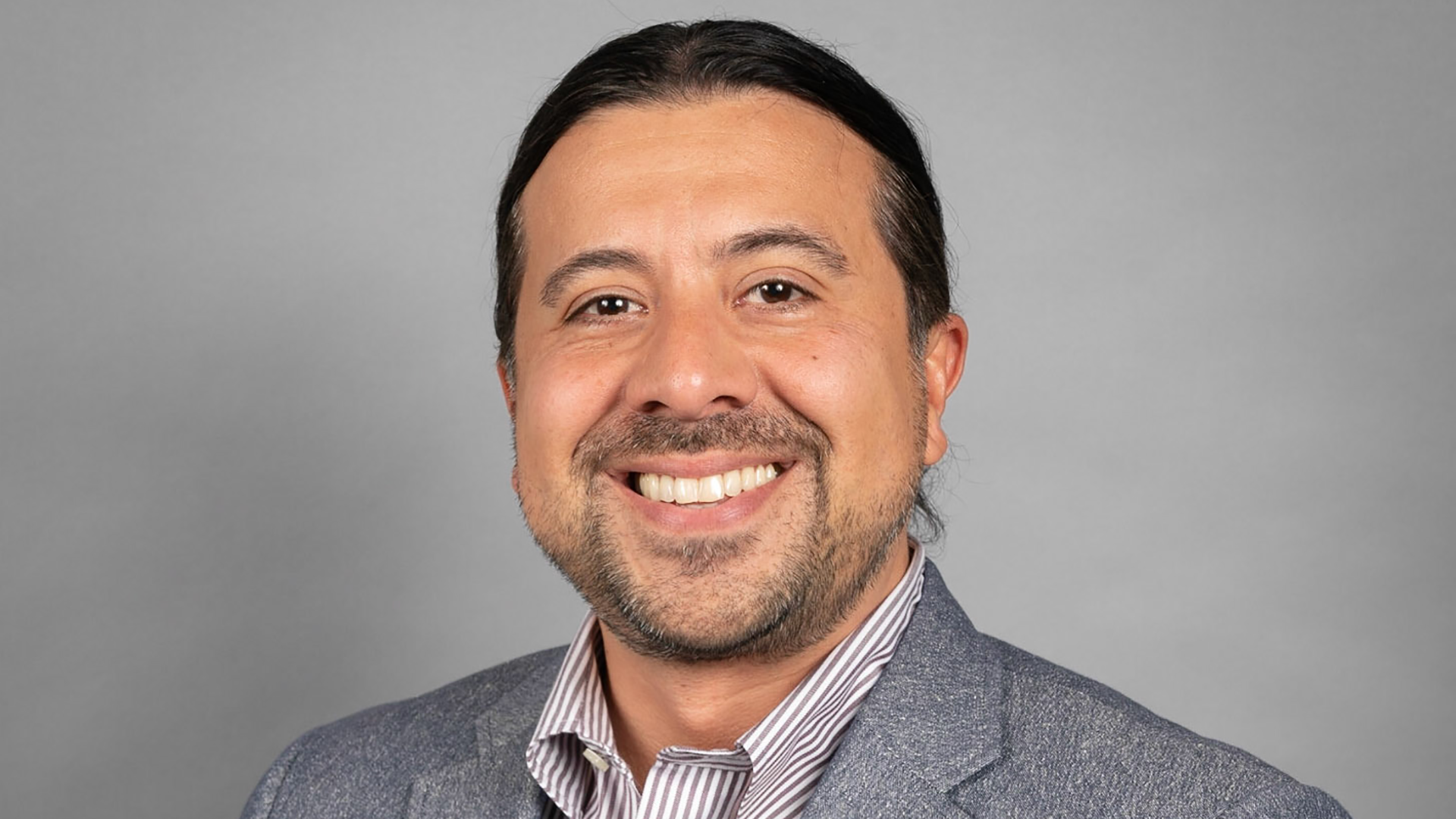
ART VIEWS
by Mark Salinas
As a public art consultant, I work locally and nationally in both urban and rural locations developing arts and culture master plans, public art policies, and creative workforce programs for municipalities, counties, and states.
This public-facing career allows me to engage with a wide range of people within each community’s multilayered arts ecosystem; it’s a vast spectrum of artists, cultural organizations, volunteers, arts administrators, commissioners, city staff, elected officials, and of course, the general public.
And it is here within the all-important layer of the general public — among interviews, focus groups, and surveys – that I learn the most about public policy, social practices, and individual passions.
For the past year I have been managing a Cultural Mapping Study for the Arts Council of Placer County in California. My team was tasked with identifying racially and economically underserved communities in which art can exponentially improve quality of life. Added to this county-wide research was a second task of identifying existing cultural assets and creative resources that the client and other art organizations could animate to reach these populations.
The first task focused exclusively upon dialogue with community-based service providers such as public health, transit, library, youth, seniors, and cultural organizations. Our second assignment was to solicit the public’s opinion of cultural assets (people, places, and events) that definePlacer County.
Stan Padilla is a multi-media heritage artist, educator, and cultural activist who is of California Yaqui and Chicano heritage. He lives in rural Colfax about 100 miles west of my own home in Reno, Nevada. His name surfaced in a few Placer County discussions and surveys and so I took it upon myself to do a little research on him since I heard he participated in Wide Open Walls, a well-recognized annual mural event in Sacramento, and I myself am a muralist.
I discovered that the Auburn Chamber of Commerce awarded Stan Padilla the 2022 State of the Community Award for his cultural contributions to the region. Further research led me to realize that he was a founder of the Royal Chicano Air Force, an artist-led Chicano civil rights movement from the 1970s that mingled with César Chávez and the United Farm Workers. Additional online discoveries unearthed even more varied endeavors including plant pigment dyeing workshops, published books of poetry, and an enormous commissioned artwork inside the Golden 1 Center, home of the Sacramento Kings. These findings were more than what my remote curiosity could sustain and so I reached out to him, introduced myself, and was soon on a road trip to visit a bucolic studio called Peaceful Valley Arts.
“My work reflects interest in fusing ancient cultural traditions and contemporary innovation. When I am painting it is as though the memory of my ancestors are flowing through my hands. I work with a mediative mind carefully arranging, positioning, and experimenting with simple, diverse materials and techniques.”
A studio visit with Stan Padilla is not a typical artist interview; it is an exchange of aspirational values with a spiritual alchemist in the woods.
Miles off I-80, upon a winding rural road, a comforting smile came upon me when I spotted in the distance a small coupling of dwellings painted entirely cobalt blue. Earlier in my research I had listened to an interview with the artist where he described his use of the color blue as representing the unseen and spiritual aspect of our nature; the color of the invisible as we look toward the sky into space. I parked my car and circled the gravel grounds on foot, looking for the artist while also confirming that indeed both his house and his studios were painted entirely, and I do mean entirely, cobalt blue. I think we all have seen examples of fantastically painted abodes masterminded with the intent to swoon the media or infuriate the neighbors. This was neither; this was done as an act of spiritual belief on a quiet parcel of land.
In an intimate barn-style studio filled with artwork and studio supplies, we sat down. Almost immediately, three items of studio decor caught my attention: an image of Ai Weiwei tacked to the door; a framed black and white photo of César Chávez with some faded handwriting upon it, positioned near a window; and a peculiar small watercolor drawing made of squiggly blue lines on white paper, hanging casually above a workbench, almost like a thought bubble where the artist sat himself for our talk.
Not very long after getting settled, we are both launched into a deep, cosmic conversation of culture, bridging topics of universal connectivity, social responsibility, and intergenerational leadership. The artist explains to me that we are inside, what he considers, his chapel of creativity.
“The cave wall was at one time the art; now we hang something on that wall and we lose connection to the Creator.”
Here, these ‘new’ cave walls are where the ancient is realized as futuristic. The collection of wall-hung artwork around us is entirely non-figurative yet there is a sense that these works are operator panels attempting to telegraph an analog visual communication to a higher power. Blue is again a reoccurring element in most of these works which when assembled together, read like a collection of recordings spoken into a deep inner-space.
The artist explains the geometric shapes symbolize the mark-making of indigenous oral traditions being made into the first alphabets among humanity. In this work, the artist summons us toward a shared future frontier beyond individual ethnicities and languages. A philosophy of finding the Creator in daily practice is essential in communicating his studio work.
Outside this peaceful valley, Stan works as an art and cultural mentor at the United Auburn Indian Community Tribal School. Here, he invests his time and teachings of social responsibility and earth stewardship with youth. Thinking about his own early history of civil rights activism, followed by his adult accomplishments, and finally overdue political recognition as an elder, I asked the artist about his faith in the next generation to carry on such dedicated social work, traditions, and awareness.
We enter the artist’s home through his kitchen and he shows me a large painting that he made of the Buddha upon returning from studying in Tibet long ago. Both the seated figure and surrounding background are an intense blue. The decorative markings that comprise the figure’s aura are precise and peaceful. The painting hangs high on the wall, altar-like, and faces a small wood stove which heats the room of this artist’s second sanctuary. In this iron stove small clay works are fired, some of which are produced into jewelry which he sells. Among the effigies and pendants is a small figurine in a fetal position and I inquire about it. The artist places it in his hand, holds it under a lamp in the kitchen, and tells me that when he was in self-isolation during the pandemic, he created this small infant as a totem for his soul - it was made for guidance toward a healthy future.
The artist tells me that at school the youth refer to him as Mr. Stan, which I believe is a graceful acknowledgement of him both as community elder and cosmic visionary. This daily cultural practice — in classroom and in studio, in public and in isolation – seeking to imbed the values of our ancestors into tomorrow’s work is an honor to witness, both remote and in-person.
Oh, and the small watercolor drawing made of squiggly blue lines, hanging in his studio I learned was a drawing that the artist recently made with his grandson.
"The path of life is circular from beginning to end.
We begin where we are and continue until we are no more.
We all follow the path created by those who came before us.
We each create our path by how we live and what we do with our lives.
History records our memories and stone remembers it for all times.”
For more information on Stan Padilla follow him on Facebook @StanPadilla / @PeacefulValleyArts or email him at stanpadilla@suddenlink.net

ART VIEWS
Diversity, Equity, and Inclusion in the Arts by Mark Salinas — October 28, 2022
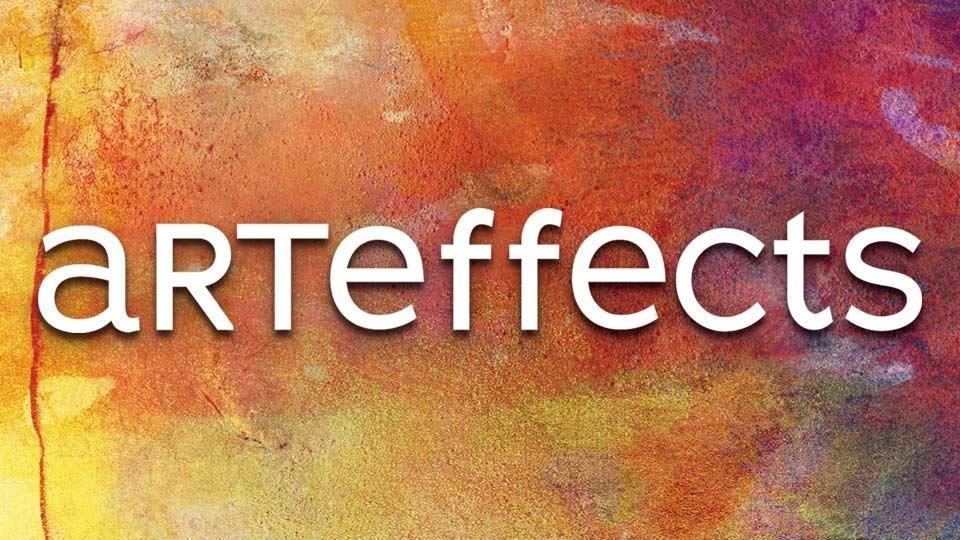
This PBS Reno series delves into the local arts scene, looking at the lasting impact the arts have in our communities and beyond.
Mark Steel Wool Salinas is also on Facebook and Instagram: @MarkSteelWoolSalinas
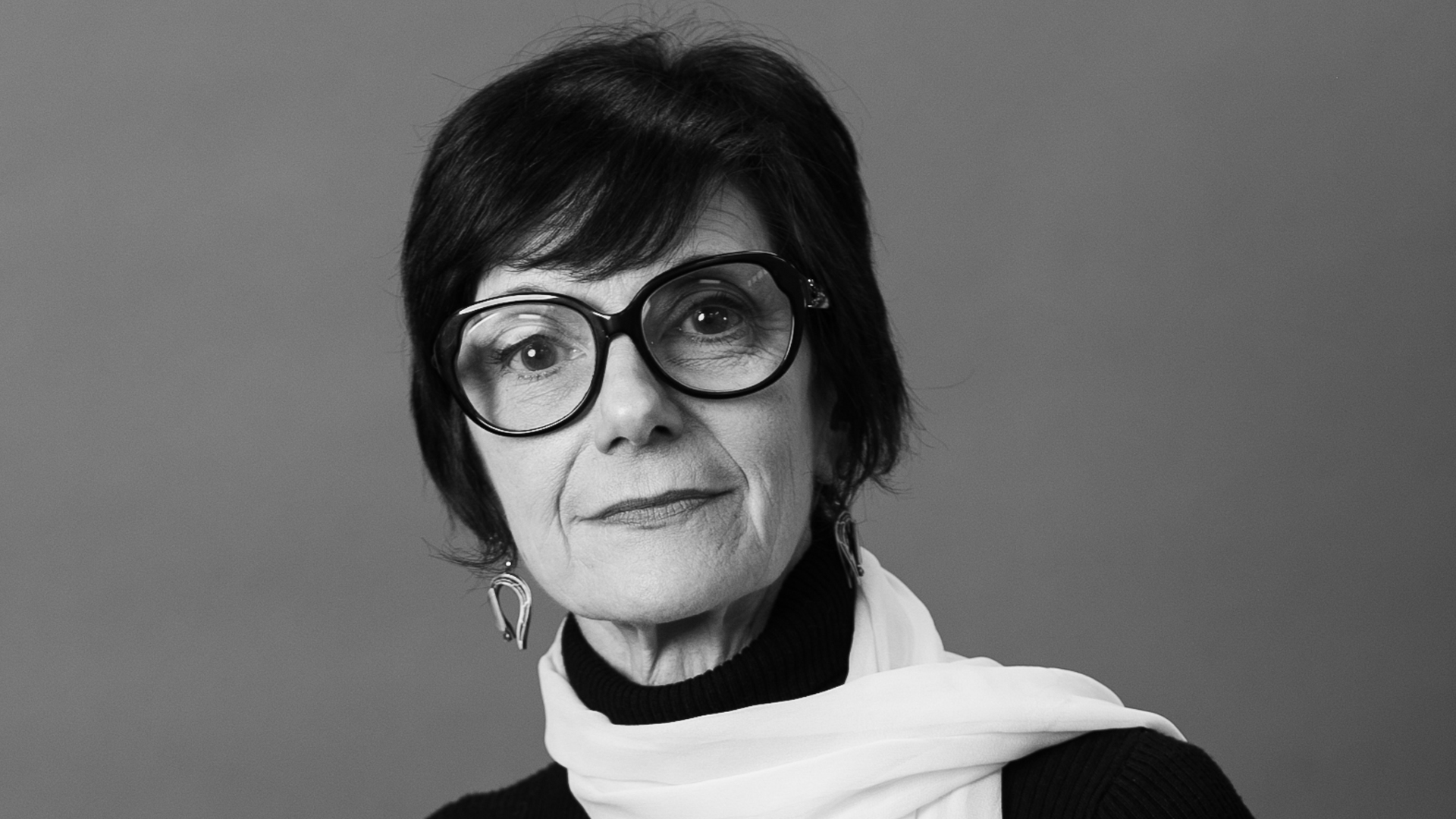
ART VIEWS

ART VIEWS
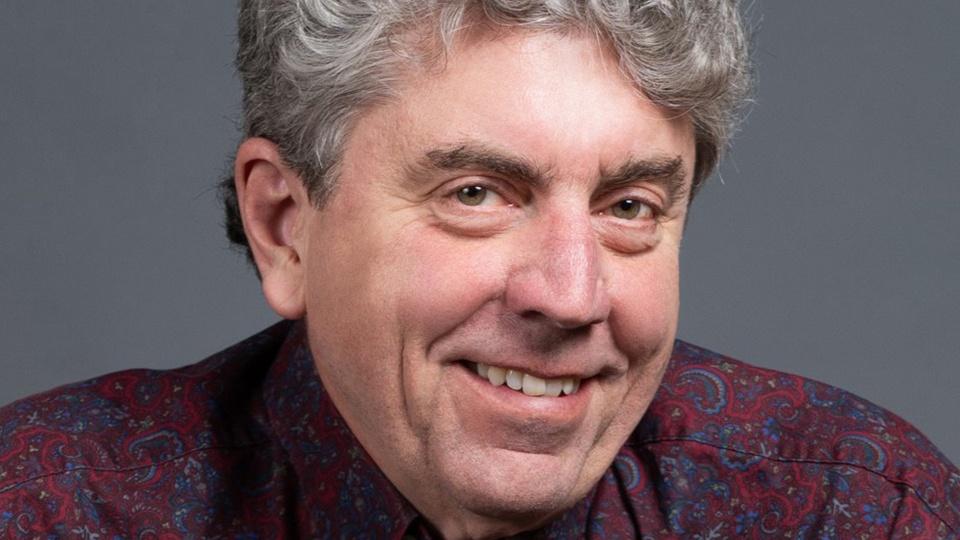
ART VIEWS
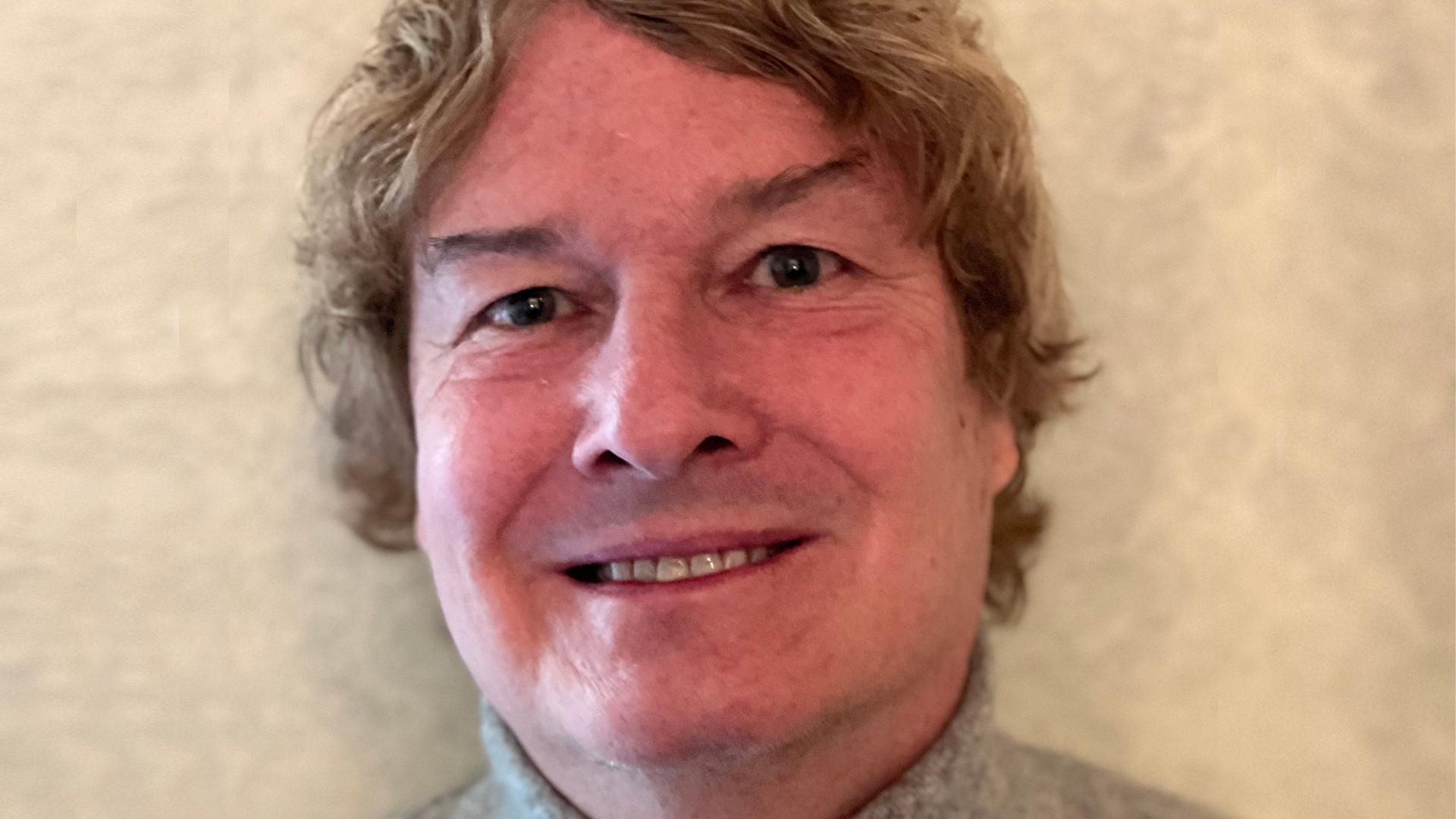
ART VIEWS